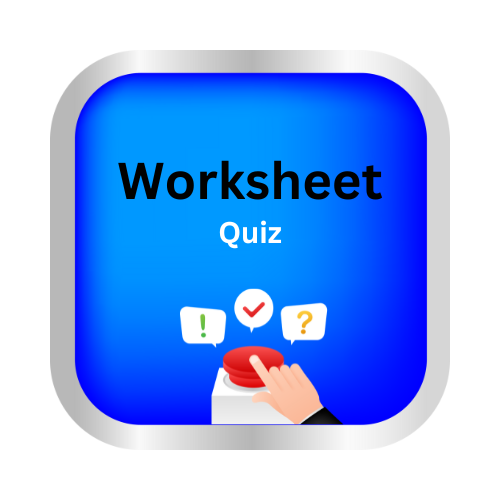Identify plurals, singular possessives and plural possessives
Key Notes:
✨ Plurals, Singular Possessives & Plural Possessives
| Plurals 👥 |
Plural = More than one 🔢
Usually add -s or -es to make plural.
- ✅ cat → cats 🐱🐱
- ✅ box → boxes 📦📦
Some have irregular plurals:
- ✅ child → children 👶👶
- ✅ man → men 👨👨
| Singular Possessives 👤➕👜 |
Show that one person/thing owns something.
Add ’s to a singular noun.
- ✅ The girl’s book 📚 (book of one girl)
- ✅ The dog’s bone 🦴 (bone of one dog)
👉 Rule: Even if the word ends in s, still add ’s.
✅ James’s pen 🖊️
| 3️⃣ Plural Possessives 👥➕👜 |
Show that many people/things own something.
If the plural already ends with s, just add ’.
- ✅ The girls’ books 📚📚 (books of many girls)
- ✅ The teachers’ lounge 🍎 (lounge for many teachers)
If the plural does not end with s, add ’s.
- ✅ The children’s toys 🧸 (toys of children)
- ✅ The men’s shoes 👞👞
| 🌟 Quick Tips 💡 |
- Plural = many (no ownership).
- Singular Possessive = one + ownership (’s).
- Plural Possessive = many + ownership (s’ or ’s).
| 🎯 Practice Time |
- The cat tail → The cat’s tail 🐱
- The boys bicycles → The boys’ bicycles 🚲
- The woman shoes → The women’s shoes 👠
📌 Remember: Apostrophes (’) are the key 🔑 to possessives, but never for regular plurals!
Let’s practice!✒️
Pages: 1 2

